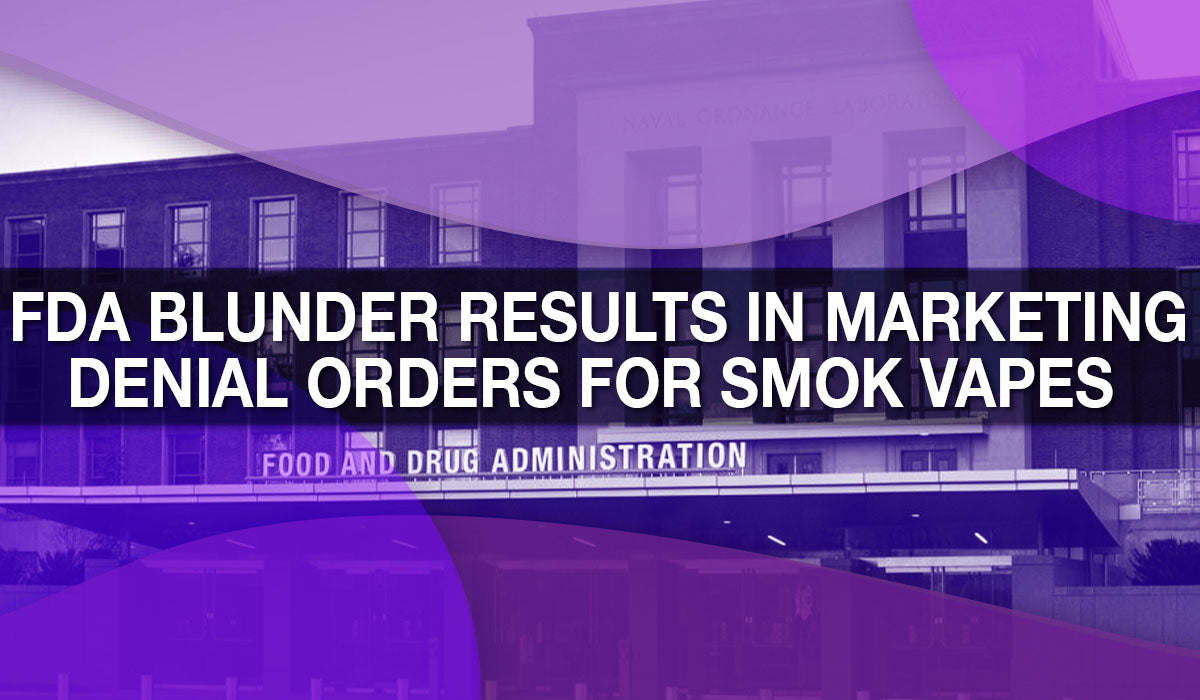
FDA Blunder Results in Marketing Denial Orders for Smok Vapes
In the event you thought science was driving federal policy on vaping products, the FDA has taken a significant step towards prohibiting open-system vaping hardware that is sold without e-liquid. Most open devices are sold to adult vapers and they make up the backbone of the independent vape shop industry.
Open-system products, which are refillable and can be used with e-liquids from various manufacturers, including those without nicotine or containing non-nicotine ingredients like CBD, are affected by this move.
Marketing denial orders (MDOs) have been issued for six vaping devices sold under the SMOK brand, along with 14 pods and replacement coils associated with these devices.
Smok Products Denied by FDA
- SMOK OSUB ONE
- SMOK Nfix
- SMOK POZZ
- SMOK RPM 40
- SMOK SCAR-P3
- SMOK Nord 2
Once a product receives an MDO, it is prohibited from sale or distribution in the U.S., and manufacturers face FDA enforcement actions if the order is violated.
Smok in the Crosshairs?
Shenzhen IVPS Technology Co., Ltd., based in Shenzhen, China, received the MDOs. IVPS owns the SMOK brand, a well-known name in the Chinese vaping industry.
The FDA, citing the 2016 Deeming Rule, considers most vaping hardware as "components and parts of a tobacco product." This means manufacturers must justify the existence of their products to the FDA, even if they don't contain nicotine or e-liquid.
The recent decision by the FDA signals a shift towards regulating products popular in vape shops and online markets, catering to consumers of open-system hardware and bottled e-liquids.
The FDA's rationale for the action includes concerns about the use of these products with "unauthorized" e-liquids and the prevalence of youth using the denied SMOK products.
FDA Fumbles Analysis
The FDA claims that SMOK is a popular brand among youth e-cigarette users, citing statistics from the National Youth Tobacco Survey. However, the FDA misquoted the survey results, stating that 11.3% of all students reported past 30-day use of SMOK products.
The 2023 National Youth Tobacco Survey (NYTS) results showed a total of 7.7 percent of middle and high school students used an e-cigarette in the past 30 days.
The proportion of ALL US middle and high school students that used a SMOK product was therefore 11.3 percent of 7.7 percent. Only 0.87 percent of surveyed students named SMOK. That is less than one in a hundred. This is an absurdly low threshold that no age-limited adult product could possibly hope to meet. In a survey of 540,000, the number is about 4700 nationally.
Less than 1 percent an Epidemic?
How negligible is 0.87 percent? Normally, this is where every other high-risk teen behavior can be compared to the plunging levels of underage vaping use. And those observations still ring true.
In this case we are talking about possession of a specific brand of device, a potential nicotine delivery system, and not the act of vaping. So why not compare how many youth are carrying a vaping device, in this case smoke, to a firearm.
Indiana University-Purdue University study found between 2006 and 2016, high school age juveniles (ages 12 to 17) were arrested for illegally carrying firearms at a rate of 47 per 1000. 25.4 per 1000 were arrested for gun-related crime.
This breaks down to 4.7 and 2.5 percent respectively. An Office of Juvenile Justice and Prevention study 11,000 juveniles were arrested for firearm possession in 2020 and tried as adults. This would not include those who were charged as juveniles.
This is not an argument for or against gun control. Just the observation that adults are being stripped of access to open vape products because less than 1 percent of youth survey participants listed a specific brand.
The American Vapor Manufacturers Association (AVM) has formally requested a correction or recall of the FDA's press release. As of the time of this article, the online press release had not been corrected.
The @FDATobacco press release also contains a major, central factual error which appears intentional. https://t.co/kCMschgpLG pic.twitter.com/o5q2ZizdSH
— American Vapor Manufacturers (@VaporAmerican) January 16, 2024


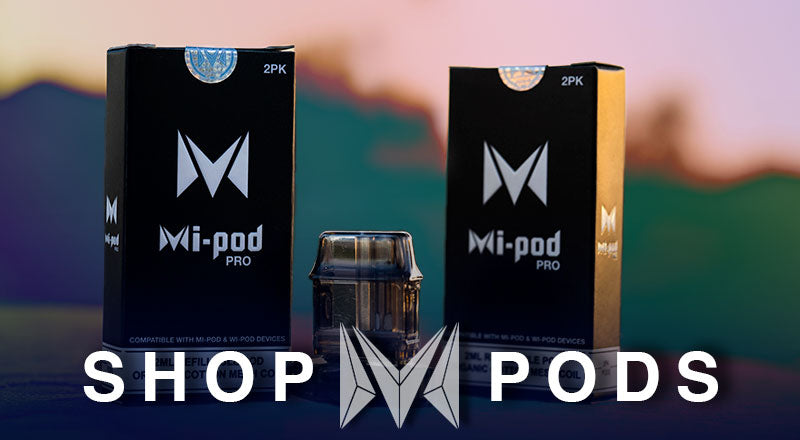
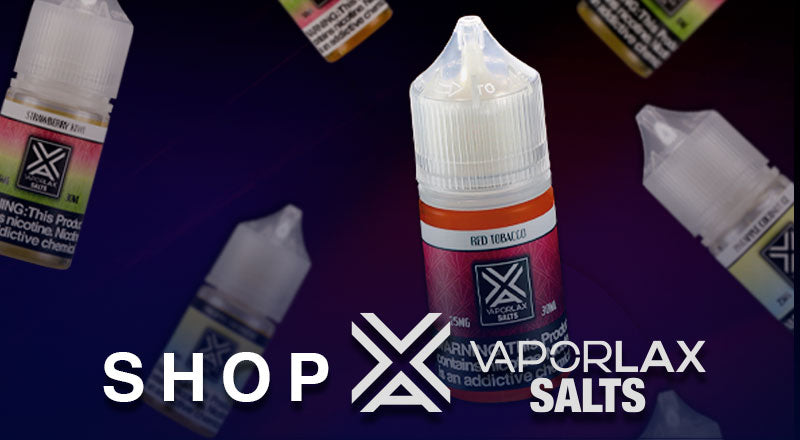
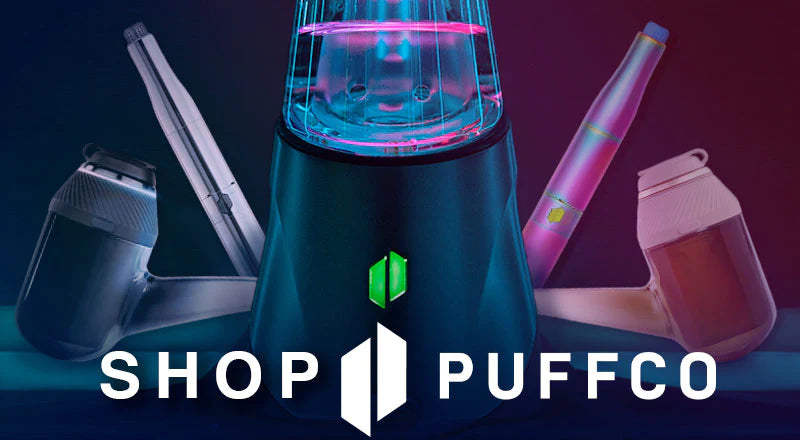
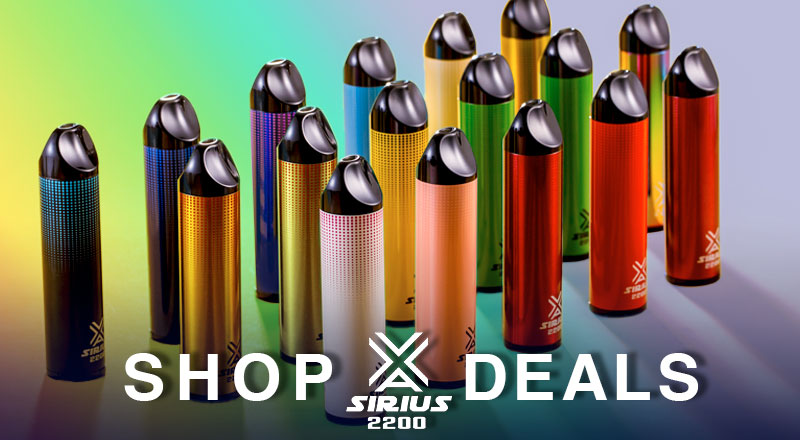

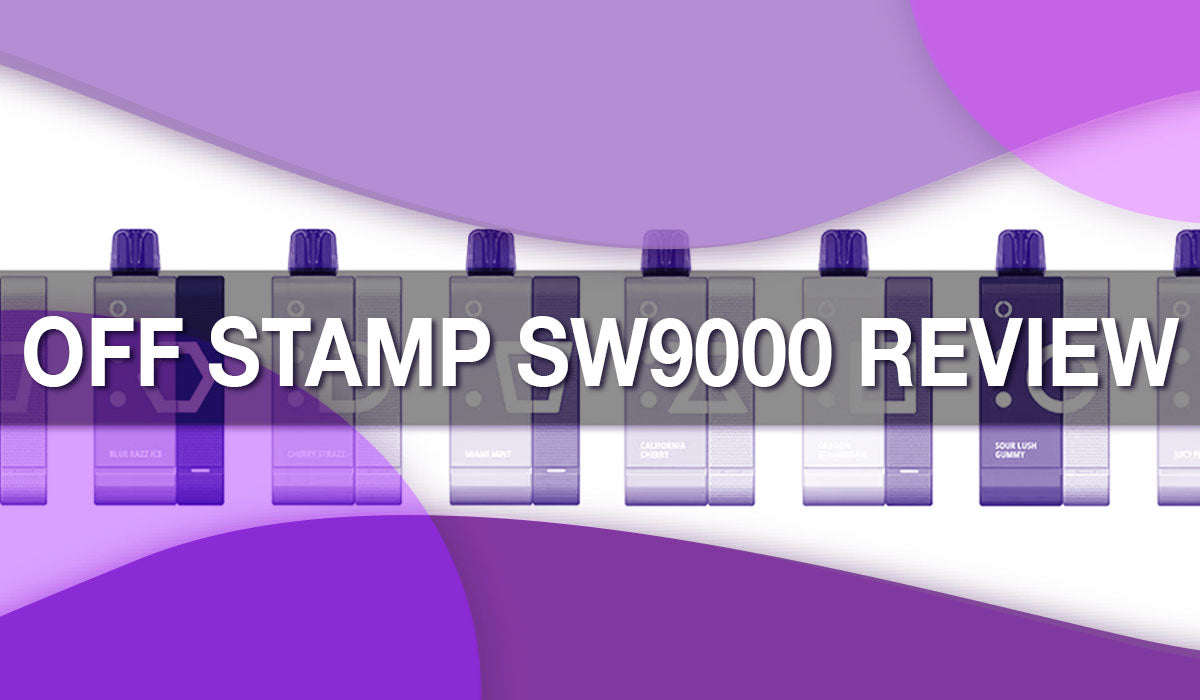

Leave a comment
This site is protected by hCaptcha and the hCaptcha Privacy Policy and Terms of Service apply.